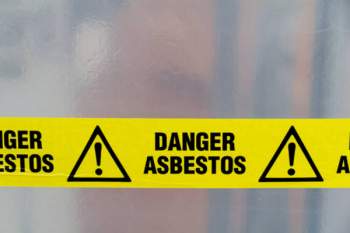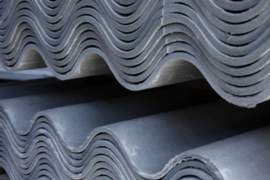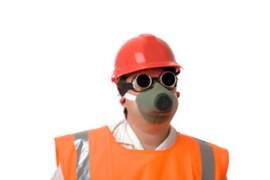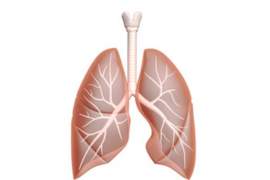
Alaska Asbestos Abatement Procedures

Must Read
An Alaska asbestos abatement procedure requires that friable or potentially friable materials be removed from the structure to avoid possible contamination. Friable materials are materials that can be crushed or disrupted by human contact and as such represent a major potential to sicken those that inhale debris, dust and other particles that derive from the breakdown of friable material. How has Alaska dealt with its asbestos issues? Alaska currently has the fewest mesothelioma deaths in the country, but asbestos was used widely here for industrial applications in the 70s and 80s. The biggest issue related to asbestos in Alaska is a higher than average concentration of natural asbestos deposits across the state. These deposits have stopped construction and required millions in cleanup to keep roads and communities safe. What is friable material? Friable material describes applications of asbestos such as plaster, weatherproofing and lining. These tend to be the less durable applications of asbestos as it has been mixed with other elements and as is the case with all coatings, will wear out over time. As this material breaks down, the fibrous asbestos materials, which are comprised of billions of strands, will become airborne and enter in the lungs of those that are nearby. Alaska asbestos abatement procedures attempt to minimize the danger caused by exposure from friable material. How are friable materials disposed of in Alaska? To prevent the proliferation of asbestos fibers, which tend to be released during asbestos abatement, Alaska asbestos abatement procedures require that the material is soaked before it is removed. By waterlogging the material, this eliminates the possibility of loose strands becoming airborne. Most asbestos abatement professionals will have powerful vacuums and filters to trap any remaining fibers that might escape the soaking. As per state law, the entire area being abated must be covered with plastic sheeting, eliminating potential fibers from travelling to other parts of the building. One the material is removed from the structure, it must be placed, still wet, into a container specially designed to hold dangerous waste. It must also be labeled specifically, as per state law. The material will be buried in a landfill or certified disposal site after passing inspection. Who is certified to dispose of asbestos under Alaska asbestos abatement procedures? You should never attempt to remove asbestos on your own and you should have your property inspected before committing to remodeling work or demolition. In addition, even if it is a small amount of asbestos, you must follow proper disposal guidelines, typically wetting and sealing the dangerous compound. Improperly removing asbestos will surely lead to exceeding the safety threshold of 2.3 (fibers/cm3)-1, as dictated as a cancer risk in the Alaska asbestos abatement procedures Asbestos removal technicians in Alaska must undergo a 40 hour training course on state laws related to asbestos exposure, asbestos abatement safety and the dangerous impacts of asbestos. Once this is passed, the state will collect a fee of $50. Certifications are renewed yearly but only an 8 hour refresher is needed as long as the current certification has not expired.



















